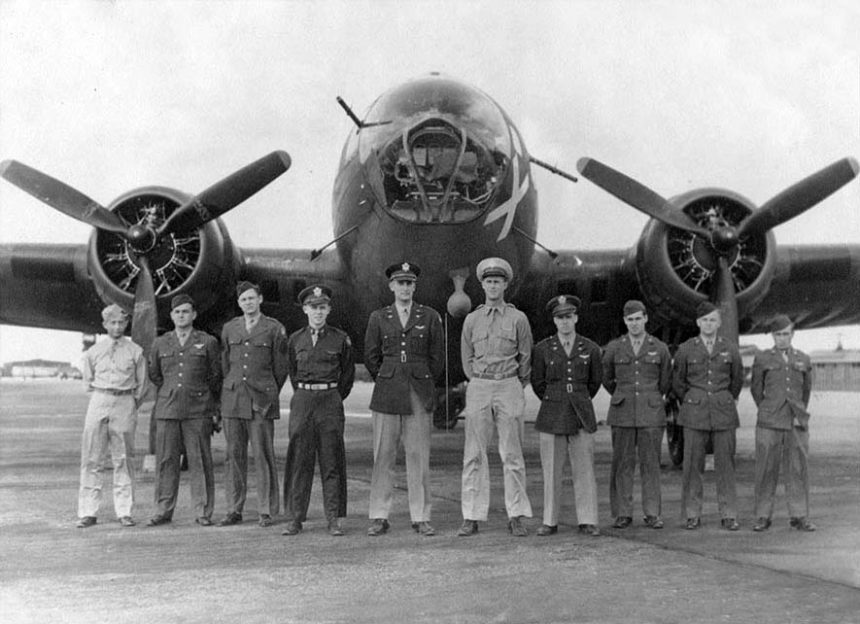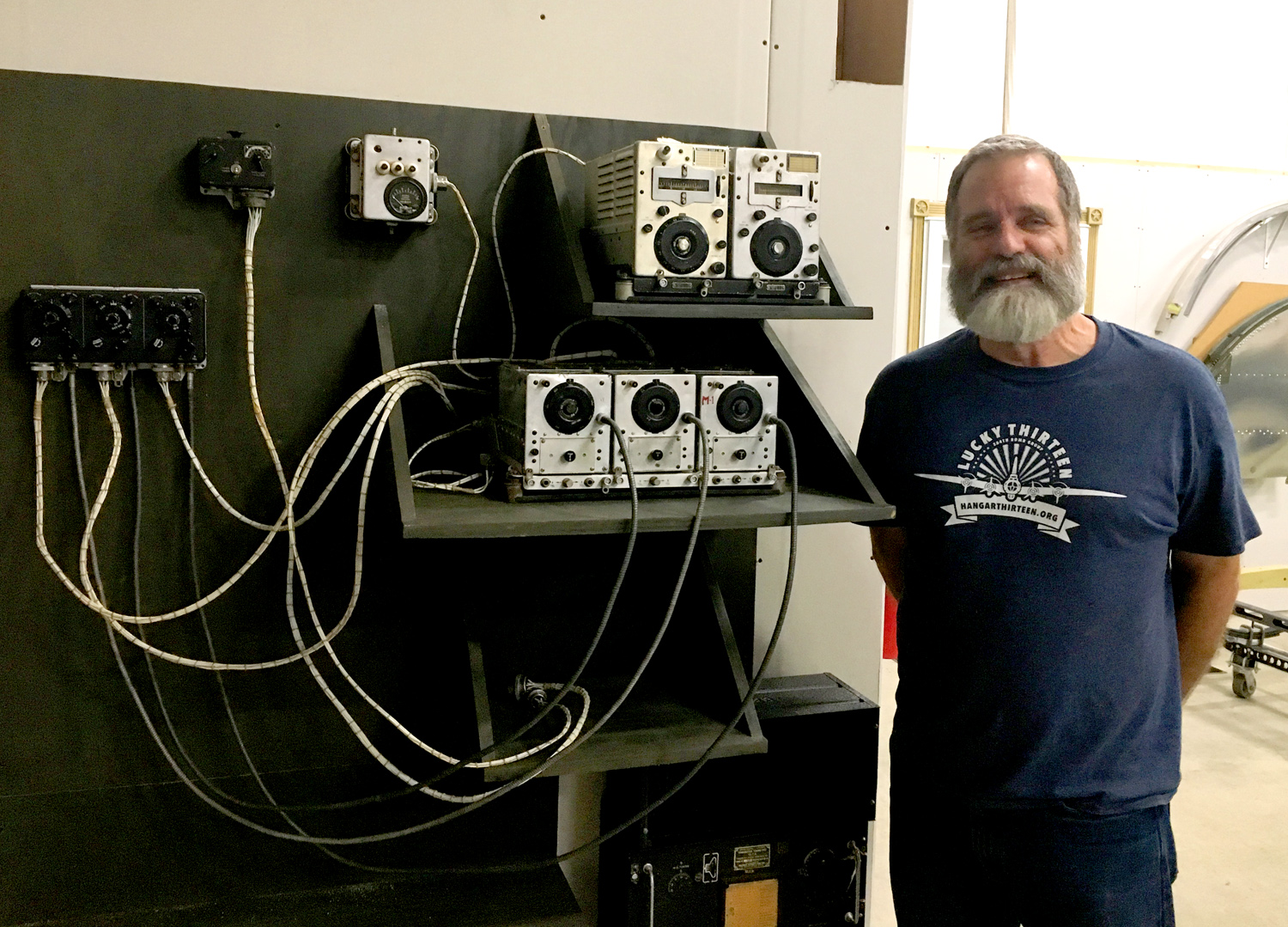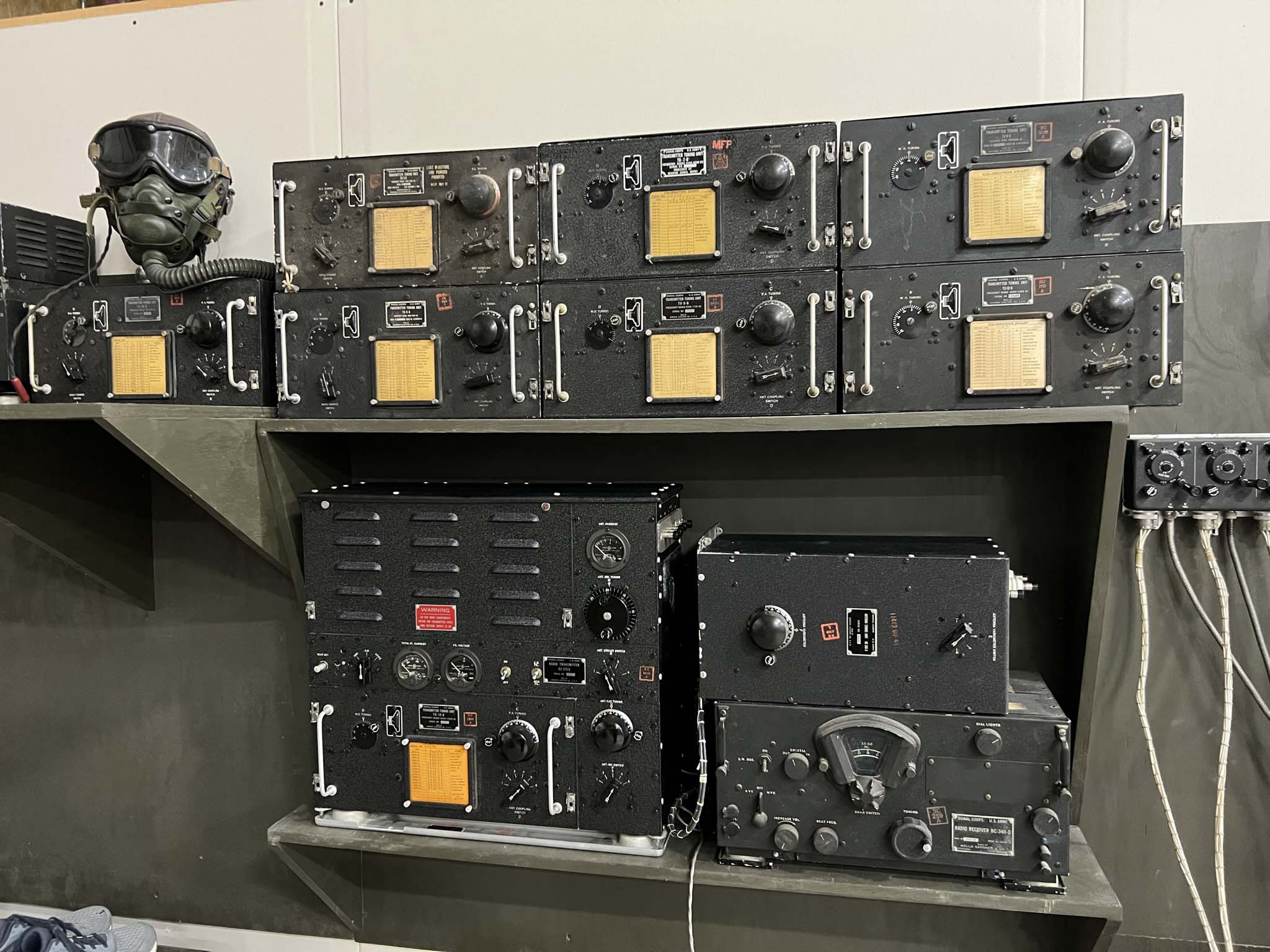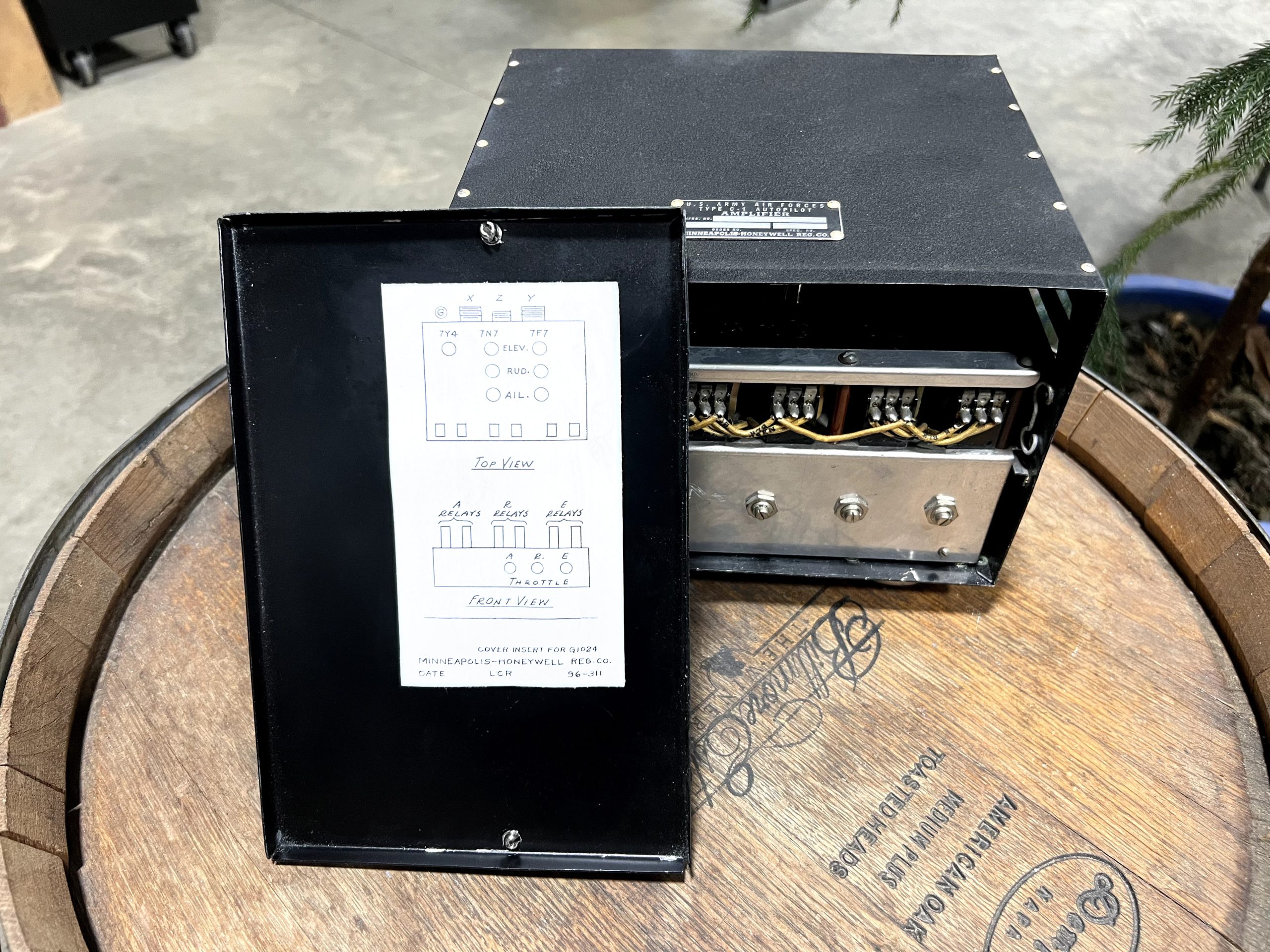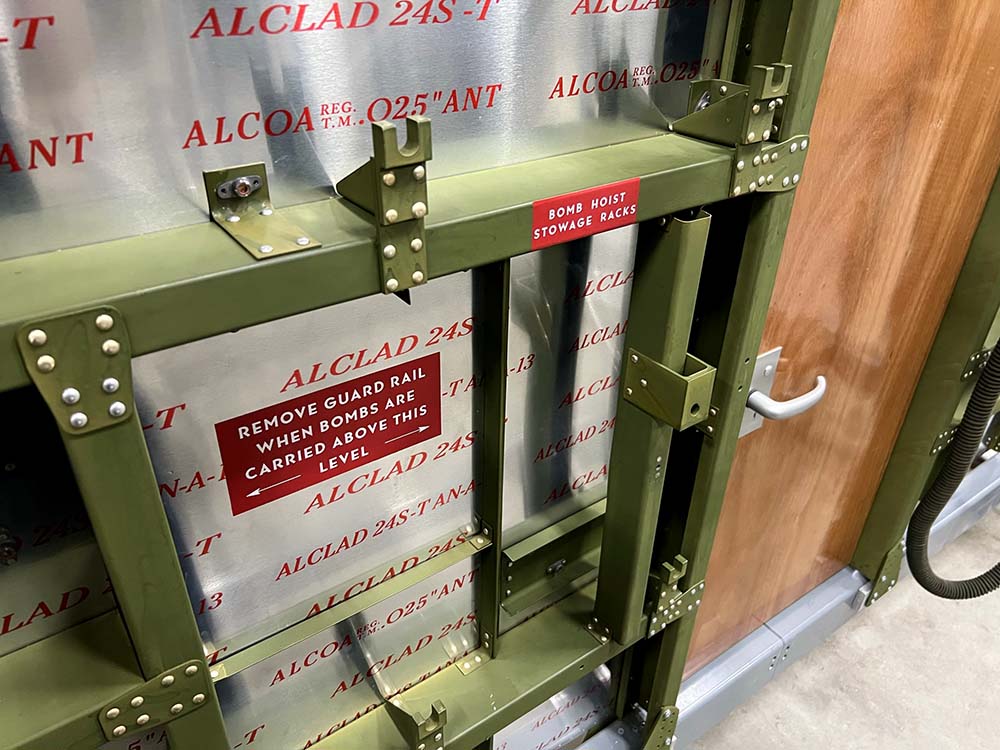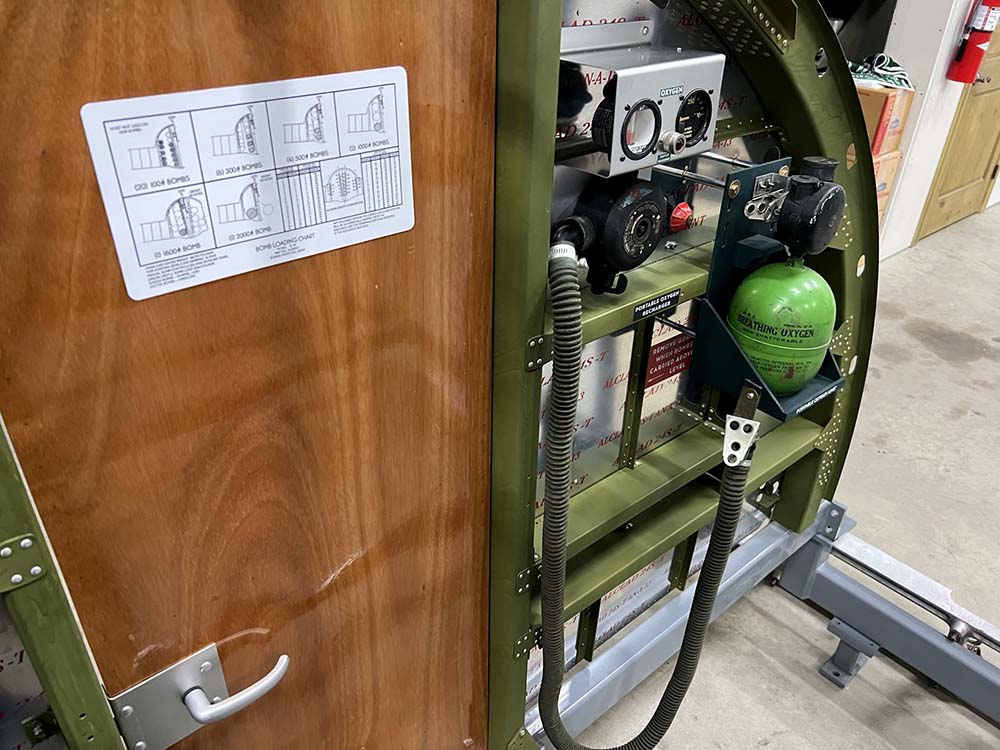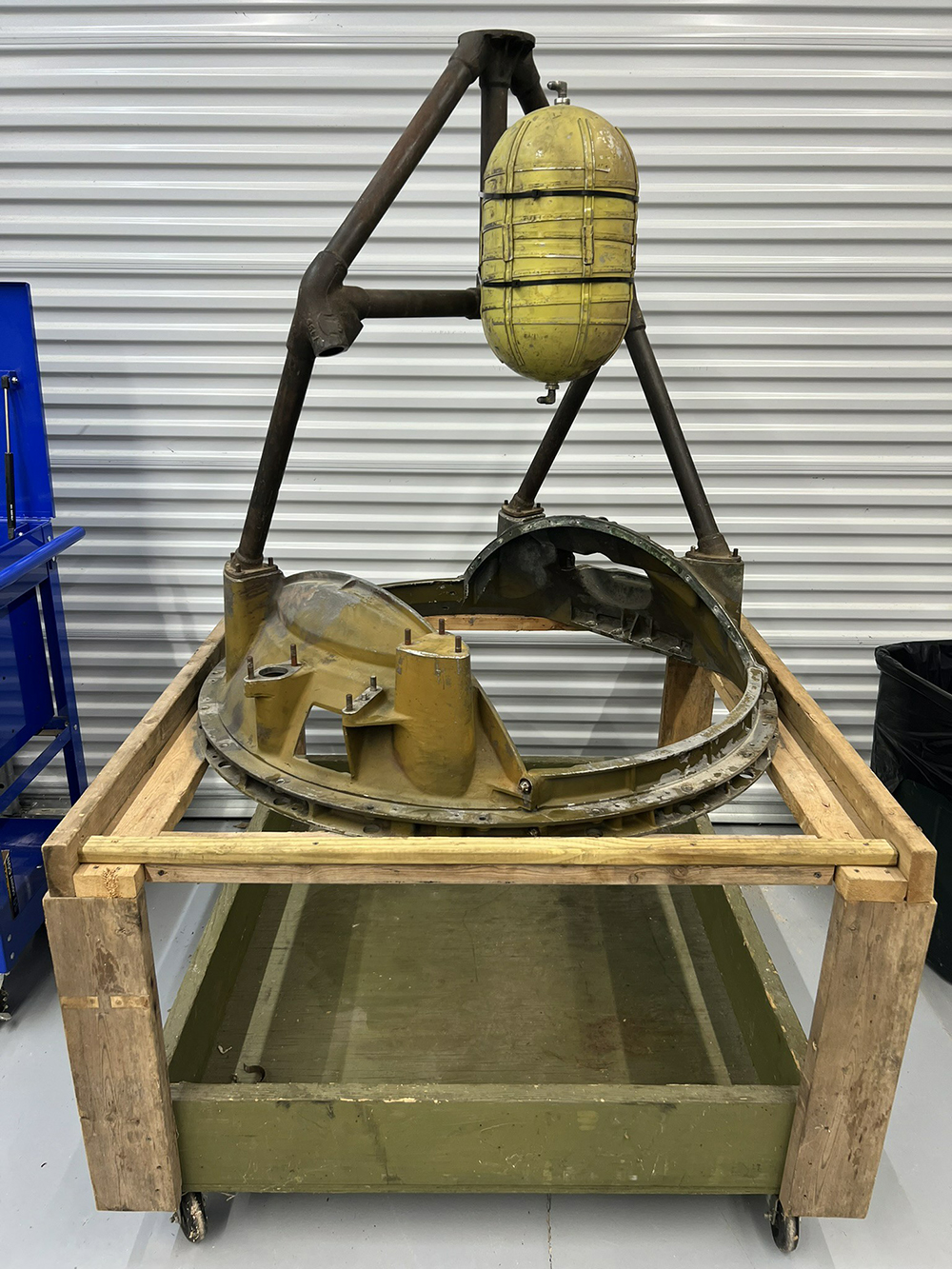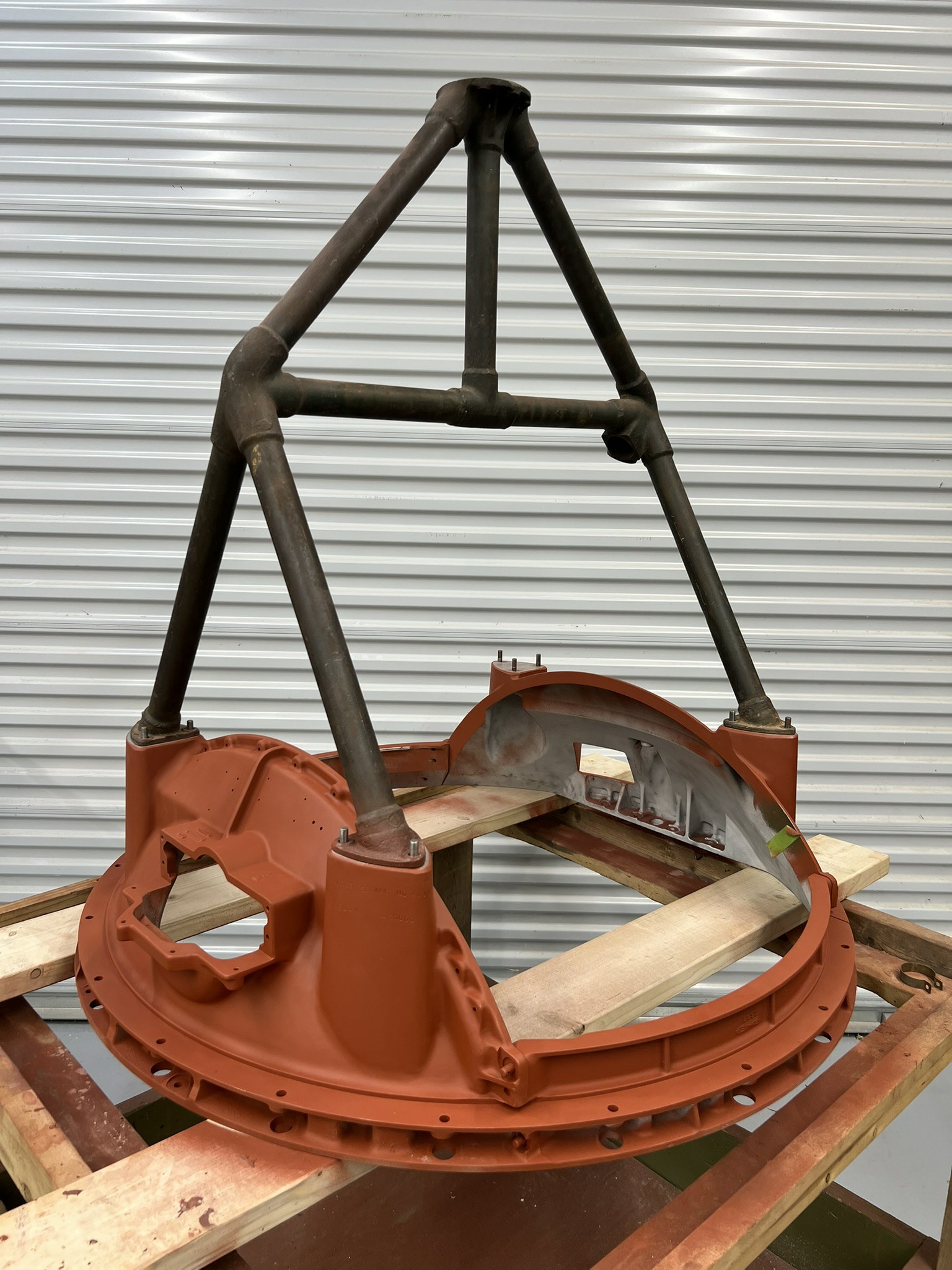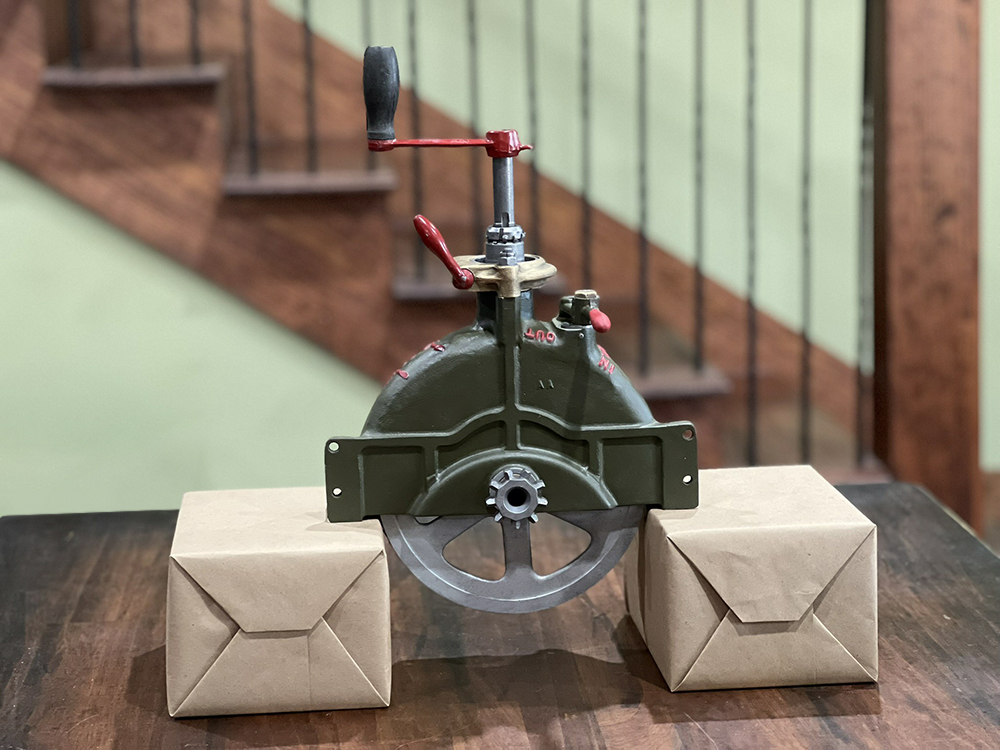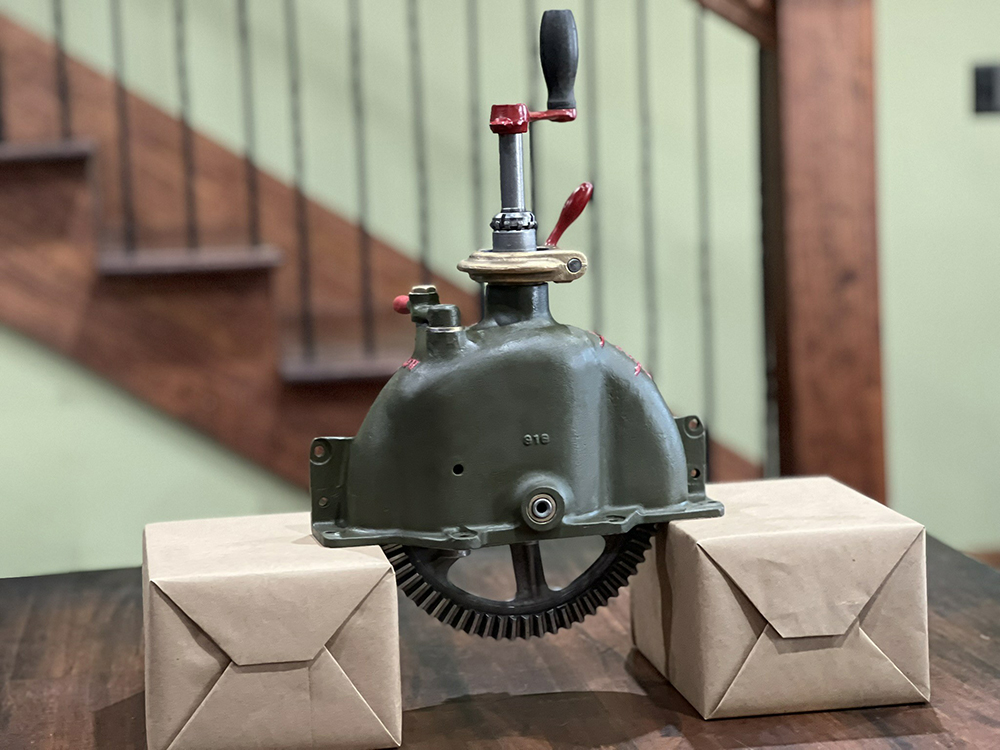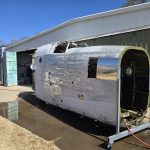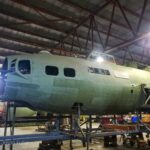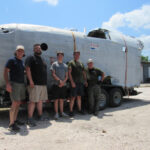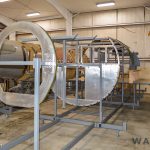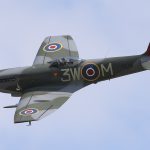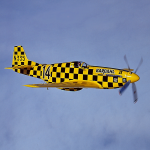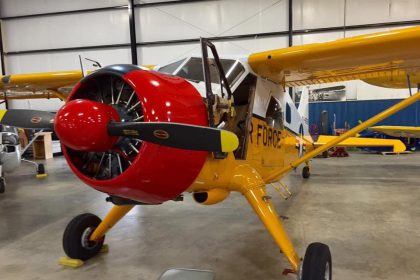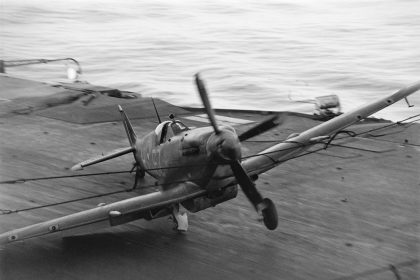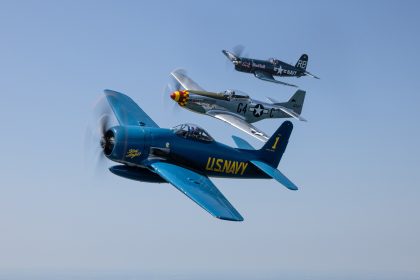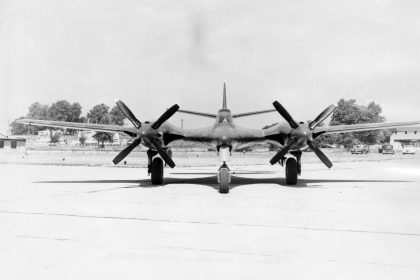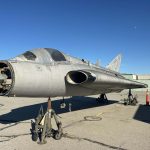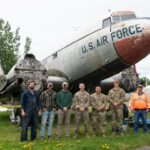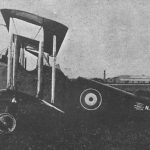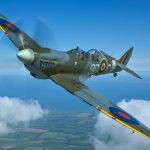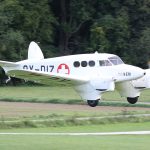It is hard to describe the Hangar Thirteen Foundation—they are quite unique. The project, based in Asheville, North Carolina, and headed by Ray Moore, is not well known in the warbird community despite its focus on the popular Boeing B-17. Hangar Thirteen has no wealthy benefactor, no formal museum facility, and is more of a rebuild than a restoration. This last fact alone often leads people to dismiss it entirely. Still, what Hangar Thirteen is attempting to accomplish is arguably without peer. To support this restoration, visit www.hangarthirteen.org.
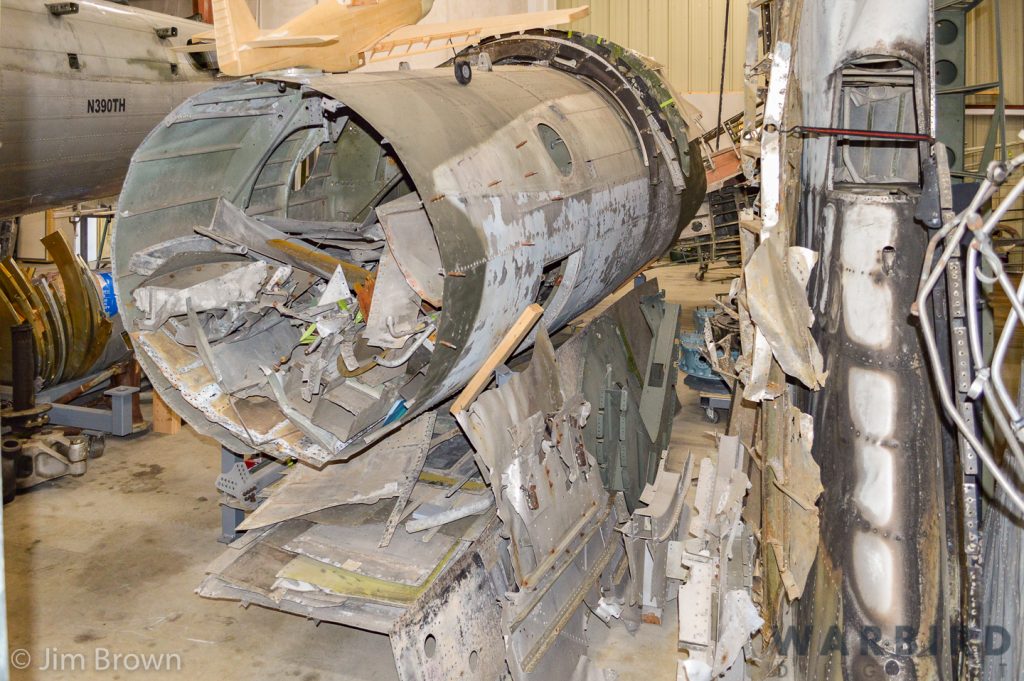
The aircraft in question is Lucky Thirteen, a late-model B-17F of the 384th Bombardment Group (Heavy), U.S. Eighth Air Force. She completed seven combat missions throughout August and September of 1943, with three different crews, before being shot down during a strike on Stuttgart. All three crews survived. What little remains of her wreckage is being combined with components from several other B-17s—large and small—to bring the old bomber back to life.
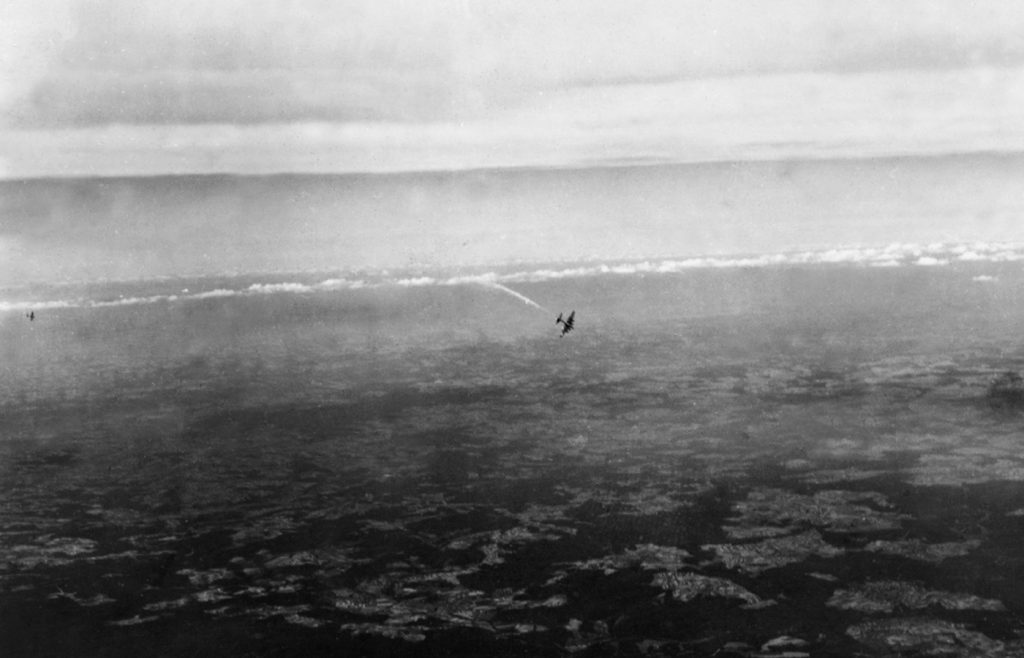
Ray began this effort in 2013 by setting up a restoration facility for B-17 components. The idea was that when another project needed a part, Ray could make two: one for the customer and one for himself. For example, an early job saw Ray build four bomb bay catwalks, with the fifth—the pattern—being restored for Lucky Thirteen. He built his name within the B-17 community this way, particularly after designing jig assemblies for B-17 fuselages. This was impressive, as prior B-17 restorations often relied on sawhorses and cardboard templates.
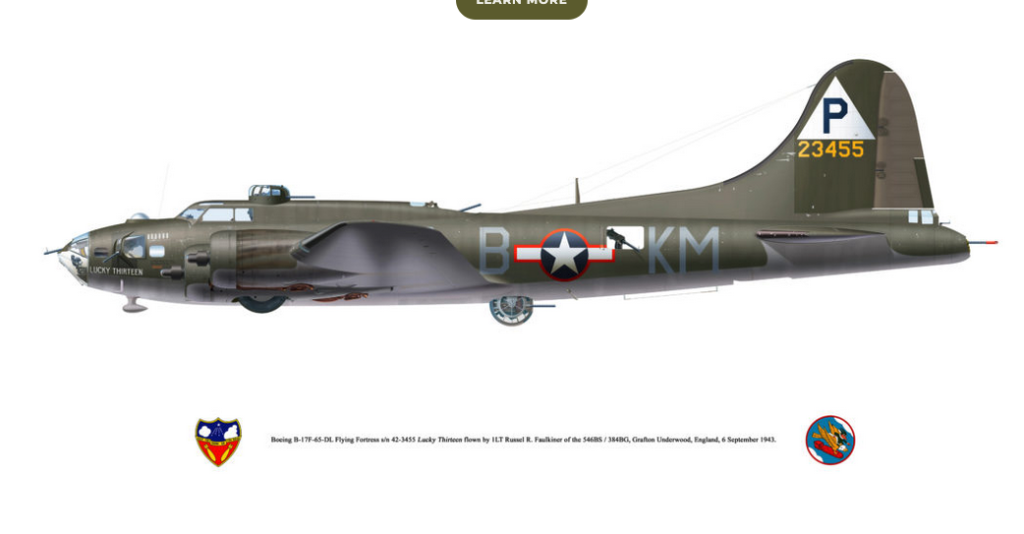
The project didn’t become a group effort until 2018, when it gained nonprofit status as the Hangar Thirteen Foundation. Gerad Blume became Ray’s right-hand man, and under his leadership, the project expanded greatly, using the internet to establish a long-distance volunteer network. Volunteers now work from home across the United States—and even overseas—checking in with Blume to coordinate resources, projects, and references.

The importance of being able to share information online can hardly be overstated. It has revolutionized research and accessibility, which in turn has increased public scrutiny. For example, today’s youth often have significant knowledge of World War II aviation, sometimes gleaned from video games. While not always perfect, this has sparked a strong corrective effort within the warbird community, especially with single-engine fighters. But with larger aircraft, the challenge of achieving historical accuracy increases dramatically.

Although cost is a major reason the project is considered a rebuild rather than a restoration, the level of accuracy Hangar Thirteen seeks would be nearly impossible to achieve otherwise. A good example is the B-17’s interior. How many surviving examples today have green interiors? Almost all. Chromate green was a common 1940s color, hence the assumption. But the reality is that, aside from the bronze green cockpit, wartime B-17s had bare metal interiors. Not only is Hangar Thirteen replicating this, they’ve gone so far as to scan original wreckage so they can reproduce and reapply the ALCLAD ink stamps found on 1940s bare aluminum. When completed, her accuracy will be unmatched.
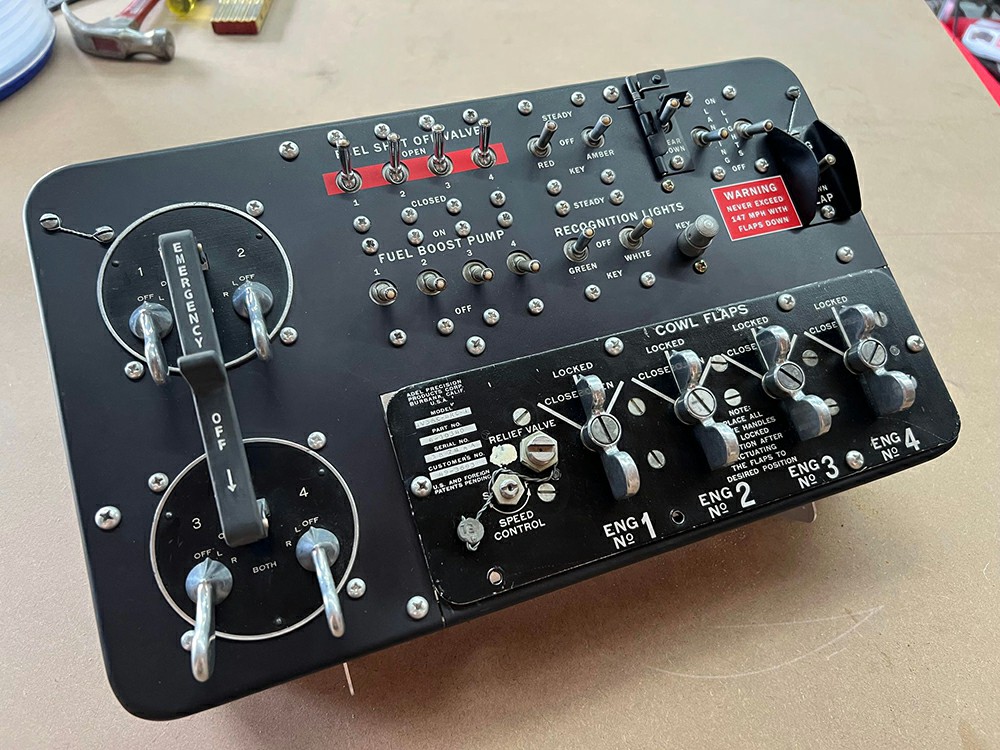
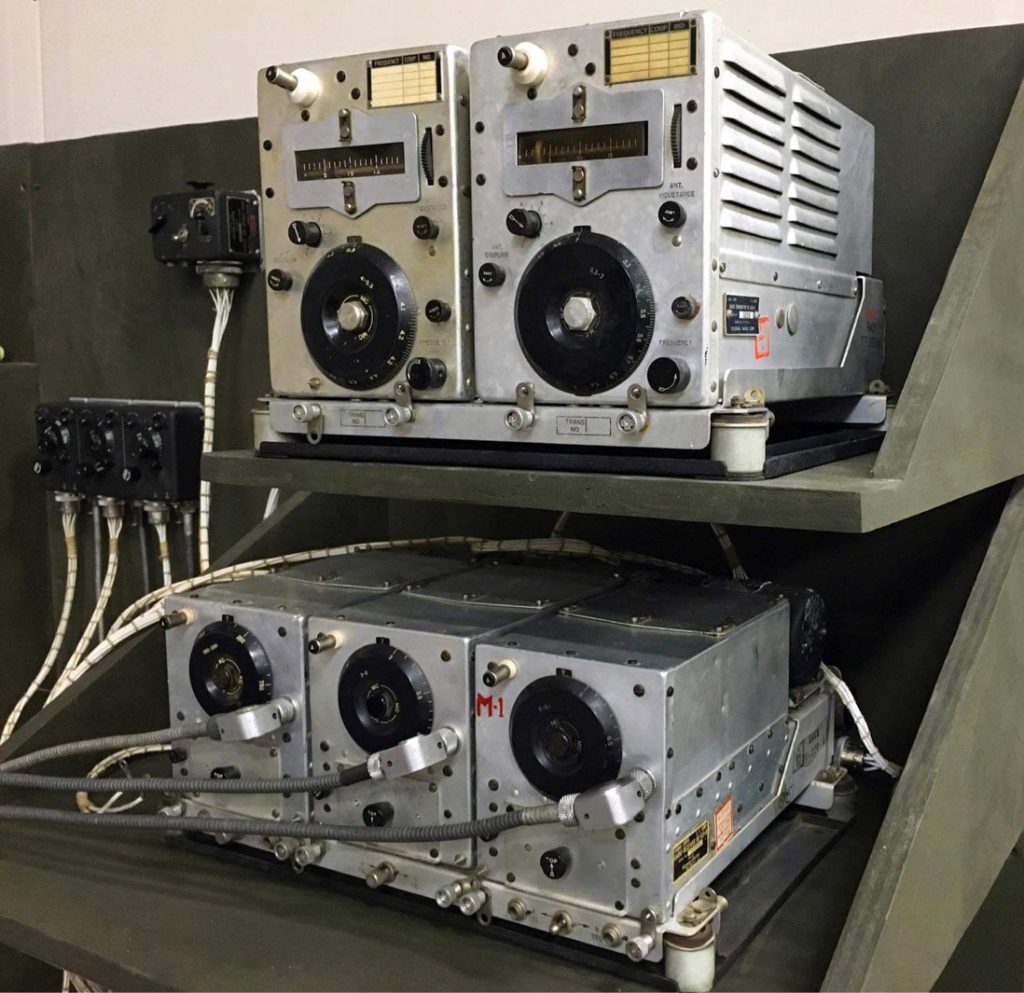
There is also the matter of what Lucky Thirteen represents. Of the roughly 40 surviving B-17s today, only five are combat veterans. Two served in the Pacific, and the other three in Europe.
Now consider that the U.S. strategic bombing campaign over occupied Europe included four major phases:
|
When comparing surviving B-17s to this list:
|
No surviving B-17s today took part in the Counter-Air Campaign—the bloodiest period in U.S. aviation history. Lucky Thirteen may not be a survivor in the strictest sense, but she will be representative of the late-model F variants that flew over Schweinfurt, Regensburg, Münster, Stuttgart, and Berlin. In fact, she participated in the infamous Schweinfurt-Regensburg mission on August 17, 1943, during which her right waist gunner earned the Silver Star.
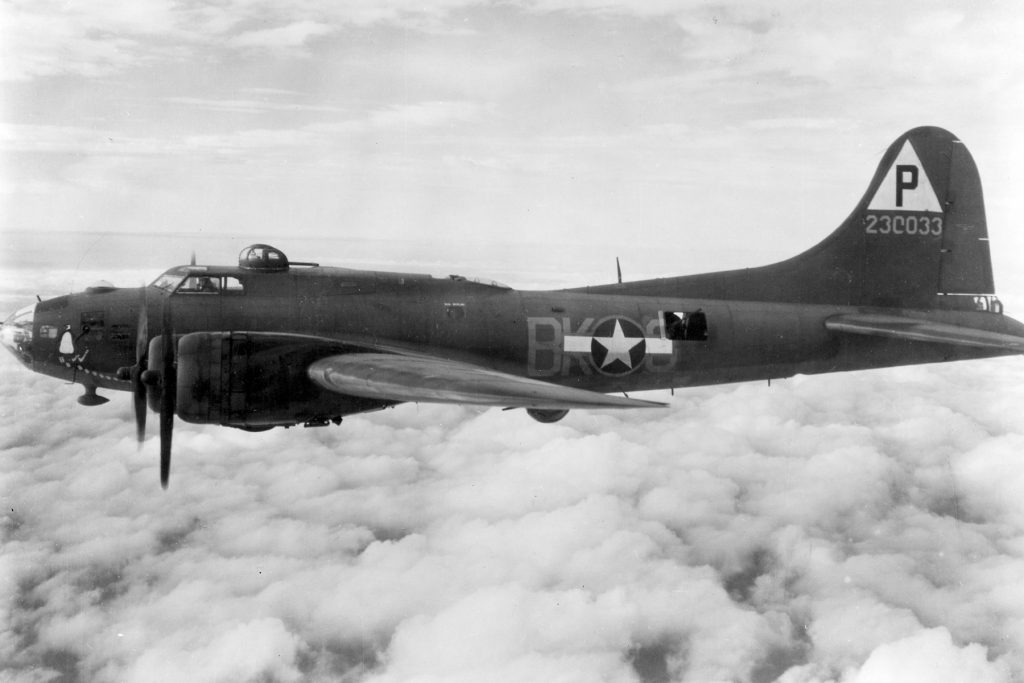
Adding a deeply personal layer to the project, the line chief in charge of maintenance for the 546th Bombardment Squadron (Lucky Thirteen’s squadron) was MSGT Marvin Hudson—Ray Moore’s great-uncle.

By taking this approach, Lucky Thirteen may be a Frankenstein amalgamation, but she will include actual veteran components. She will represent a vital, often overlooked chapter in military history, and she will do so with a powerful personal connection.
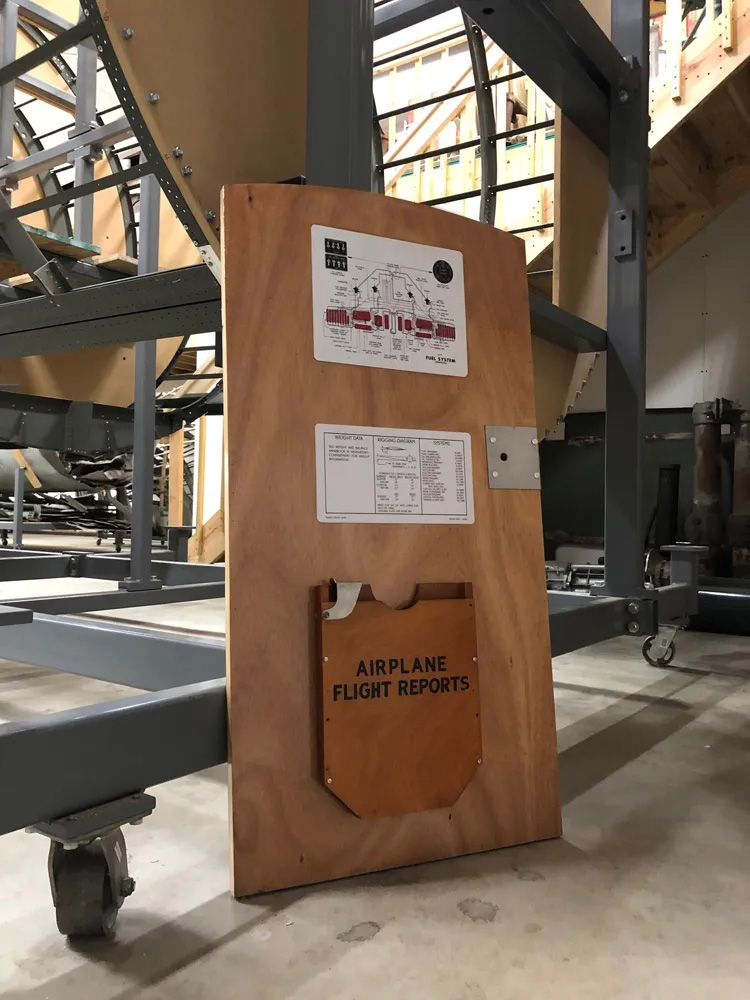
So how much of Lucky Thirteen will be original? It’s hard to say. Hangar Thirteen has a wide array of wreckage: a bomb bay and stabilizer here, a tail section and stinger there—each from different aircraft. At this stage, it would be foolhardy to quantify these components as a percentage. Those numbers will almost certainly shift as the project evolves and new parts come in.
For now, Hangar Thirteen still relies on part restoration work for other projects as its main source of funding. When Liberty Belle (44-85734) caught fire over Illinois in 2011, several of her replacement assemblies—including a new bomb bay and aft fuselage—were built by Hangar Thirteen in 2019 and 2023, respectively.

This means that progress on Lucky Thirteen’s airframe is gradual. However, work continues steadily in other areas. Donations have been focused on the aircraft’s interior, with excellent progress made in acquiring components that are often overlooked. Hangar Thirteen’s philosophy is clear: if it was there during the war, it will be reinstalled. A perfect example is the aircraft’s communication and navigation systems. Wartime B-17s had ten of them, and volunteers have successfully sourced all ten. Restoration is underway, and several are already operational.
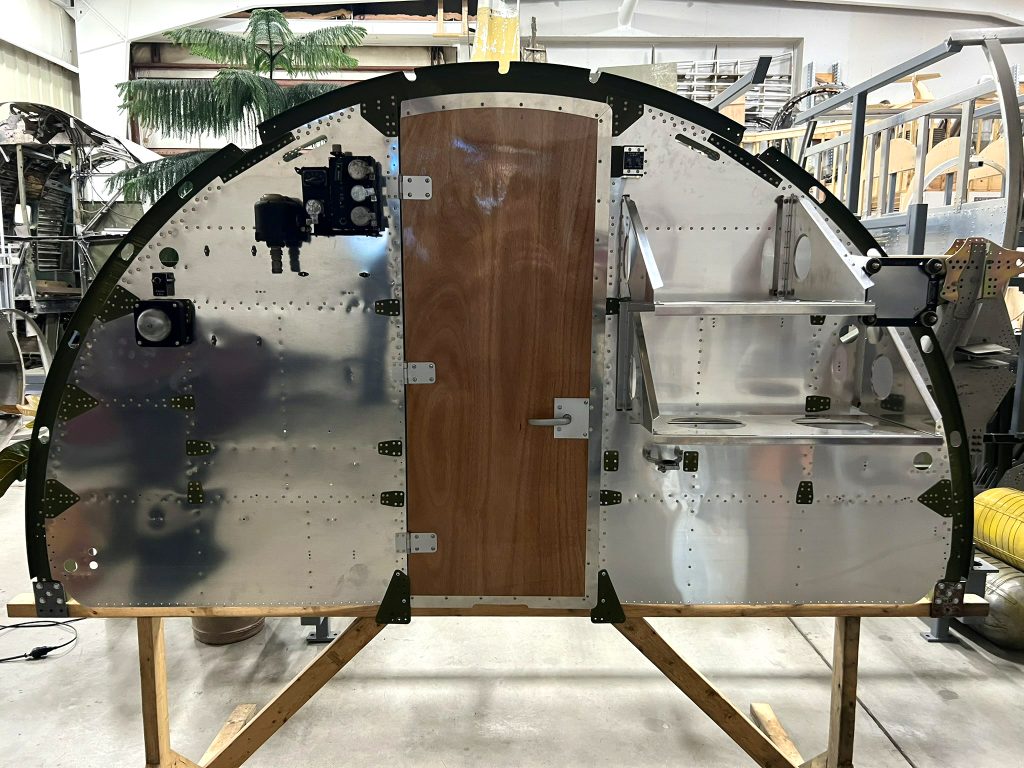
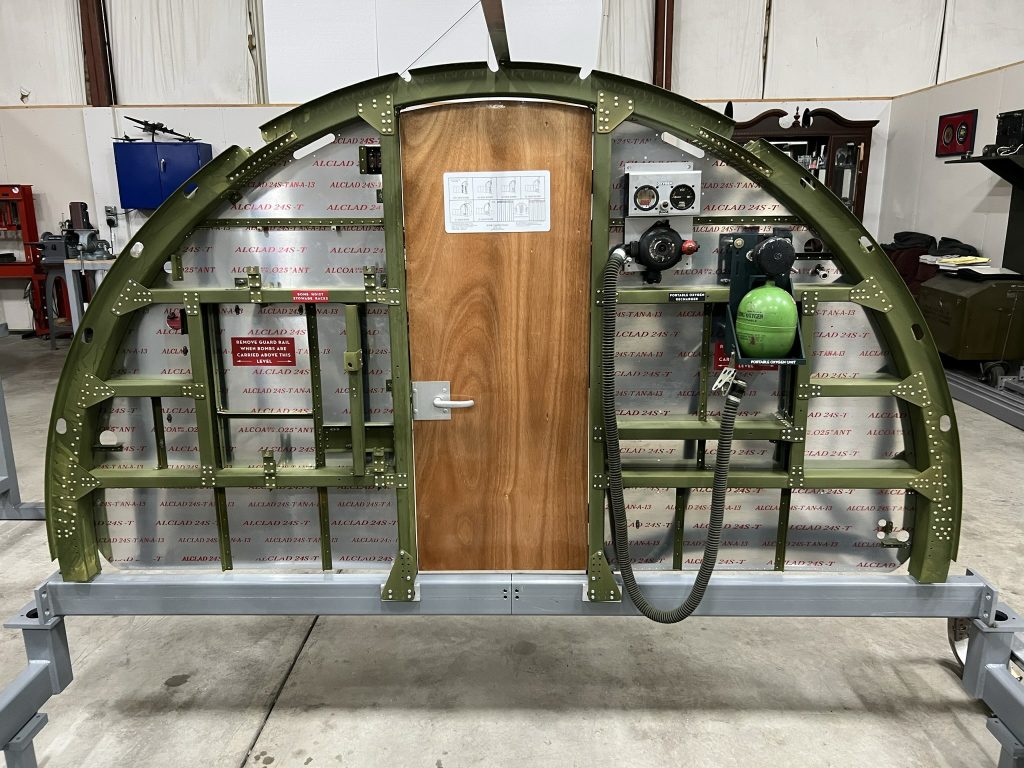
The most difficult elements are the powered turrets. In 2023, Hangar Thirteen acquired a Type A-2 Ball Turret trunnion and hanger assembly, which they are restoring alongside the motor assembly. However, a ball shell has not yet been found. Since the original blueprints are lost, Hangar Thirteen had a surviving early ball turret 3D scanned in 2022 to reverse-engineer a casting. A similar approach was used for the housing assembly of the Type A-1 Upper Turret.
While work on the communication and navigation systems progresses well, restoring the powered turrets to full functionality is now a key focus. These turrets are as heavy and complex as a small car, and extremely expensive. As such, the pace of progress depends heavily on donations. Still, the goal is to have working displays of the radios, nav gear, turrets, and autopilot system (they only lack a bombsight stabilizer) to help educate the public and build support.
Hangar Thirteen maintains two jig assemblies in its shop: one for Stations 1–6 of the fuselage, the other for Stations 6–11. For a long time, Lucky Thirteen occupied the forward jig, while Liberty Belle filled the aft jig. During that time, work focused on Lucky Thirteen’s bomb bay—an often overlooked but structurally critical part of the B-17. Now, with Liberty Belle’s aft fuselage complete, the jig is being used to rebuild the Lake Dyke B-17G (44-83790).

This new project has changed Hangar Thirteen’s approach. Because Liberty Belle had been restored once before, her components didn’t always align with the jigs, requiring extra effort. In contrast, the untouched Lake Dyke B-17 fits perfectly, allowing the team to resume building doubles—working on aft fuselages for both aircraft and rotating them through the jig as needed.

The goal had been to complete Stations 9–11 by Christmas 2024, but Hurricane Helene delayed those plans. While nothing was damaged, the storm disrupted access to vital resources. Matters worsened when Asheville Regional Airport required Hangar Thirteen to vacate its workshop in early 2025 due to a major expansion. Fortunately, by April, the foundation had secured a new facility elsewhere in the Asheville area.
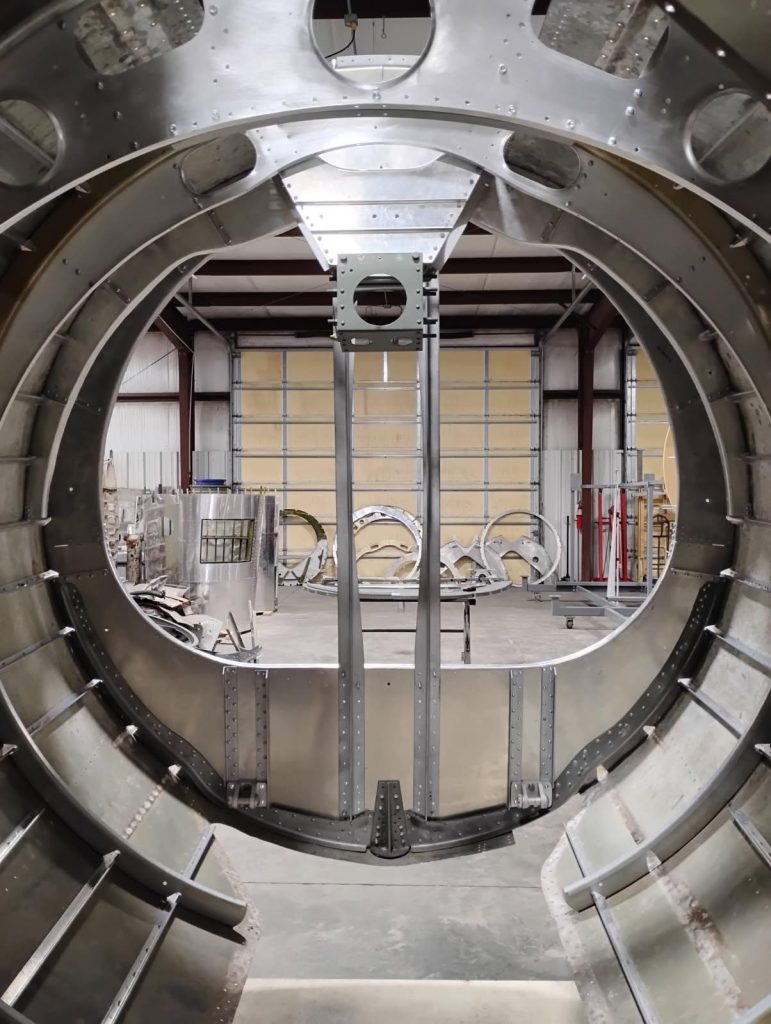
The efforts of the Hangar Thirteen Foundation are truly extraordinary. Often, Ray works alone in the shop, methodically building B-17 parts day by day. Nearly 200 miles away, Gerad spends his days writing updates, answering calls and emails, and working in his own shop. They obsess over every detail with near-religious devotion, treating the B-17 as a piece of history first and an airplane second. That mindset hasn’t always been common in the warbird community. Yet Hangar Thirteen continues to attract passionate volunteers who share that vision, achieving remarkable progress in the process. To them, this is a sacred task. With the number of living World War II veterans quickly dwindling, the need to preserve and represent their legacy with accuracy has never been more urgent. To support this restoration, visit www.hangarthirteen.org.








